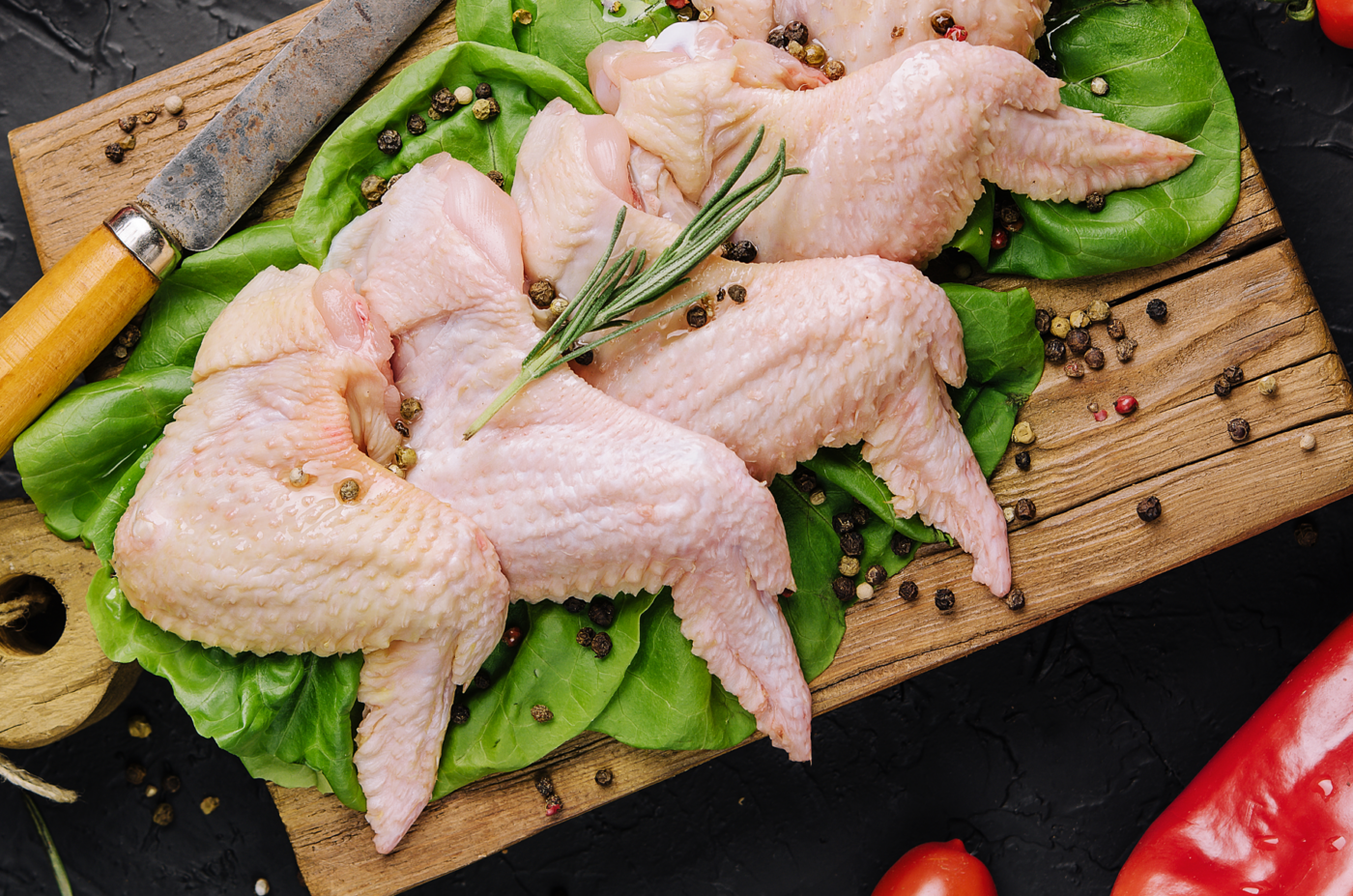Beyond the Sauce: Unpacking the Nutritional Value of Chicken Wings
Chicken wings, the quintessential game-day snack and a staple of casual dining, are often associated more with indulgence than with nutrition. However, beneath the crispy skin and flavorful sauces lies a nutritional profile that’s worth examining. This article delves into the nutritional information of chicken wings, exploring their protein content, fat composition, vitamins, minerals, and overall contribution to a balanced diet. We’ll also differentiate between different preparation methods and their impact on the nutritional value.
Protein: A Building Block for Every Body
Chicken wings, like all parts of the chicken, are a good source of protein. Protein is essential for various bodily functions:
- Muscle Growth and Repair: Protein provides the amino acids necessary to build, maintain, and repair muscle tissue. This makes chicken wings a viable option for those looking to support an active lifestyle.
- Satiety and Weight Management: Protein helps you feel full and satisfied after eating, which can be beneficial for weight management.
- Enzyme and Hormone Production: Many enzymes and hormones that regulate crucial bodily processes are protein-based.
- Immune Function: Antibodies, the body’s defense mechanism against infections, are made of protein.
A typical serving of two fried chicken wings (drumette and wingette) with skin and sauce contains around 18-22 grams of protein.
Fat Content: A Source of Energy and Flavor
Chicken wings are known for their relatively high fat content compared to leaner cuts like the breast. This fat contributes to their rich flavor and crispy texture when cooked.
- Fat Composition: The fat in chicken wings is a mix of saturated and unsaturated fats, including monounsaturated and polyunsaturated fatty acids. A serving of two fried wings can contain 15-20 grams of fat or even higher depending on size, preparation, and sauce.
- Skin’s Impact: The skin is where a significant portion of the fat is located. Removing the skin before or after cooking can significantly reduce the overall fat content. However, many people prefer to leave it on for added flavor and crispiness.
- Energy Source: Fat is a concentrated source of energy, providing 9 calories per gram.
Carbohydrates: Minimal Unless Breaded or Sauced
Plain chicken wings themselves are very low in carbohydrates. However, the nutritional profile can change significantly depending on the preparation method.
- Breading: Breaded and fried chicken wings will have a higher carbohydrate content due to the breading.
- Sauces: Many popular wing sauces, such as barbecue or honey garlic, are high in sugar, adding a significant amount of carbohydrates to the dish.
Vitamins and Minerals: A Modest Contribution
While not as nutrient-dense as some other chicken parts (like the liver), chicken wings do provide some essential vitamins and minerals.
- Niacin (Vitamin B3): Important for energy metabolism, supporting healthy skin, nerves, and digestion.
- Vitamin B6 (Pyridoxine): Involved in brain development, immune function, and red blood cell formation.
- Phosphorus: Crucial for strong bones and teeth, energy production, and DNA synthesis.
- Zinc: Important for immune function, wound healing, and cell growth.
- Iron: Wings contain a small amount of iron, which is important for red blood cell production.
- Selenium: Present in trace amounts, selenium acts as an antioxidant and supports thyroid function.
Calorie Count: Highly Variable
The calorie content of chicken wings varies greatly depending on the size, preparation method, and whether they are served with skin and sauce.
- Fried Wings with Skin and Sauce: A serving of two fried chicken wings with skin and sauce can range from 250-400 calories or even more.
- Baked or Grilled Wings without Skin: Baking or grilling wings without skin and using minimal or no sauce can significantly reduce the calorie count to around 150-200 calories per two wings.
Preparation Methods and Nutritional Impact
The way chicken wings are prepared significantly affects their nutritional value:
- Deep-Frying: This is the most common method for preparing Buffalo wings and other popular styles. Deep-frying adds significant amounts of fat and calories.
- Baking or Grilling: These methods are healthier alternatives to deep-frying, as they require less added fat. Removing the skin before baking or grilling further reduces fat and calories.
- Air-Frying: Air-frying has become a popular method for achieving crispy wings with less oil than deep-frying.
- Sauces: Sauces can add significant amounts of sugar, sodium, and calories. Opting for lighter sauces or using them sparingly can help keep things healthier.
Making Healthier Choices
- Choose Baked, Grilled, or Air-Fried: Opt for these cooking methods over deep-frying to reduce fat and calorie intake.
- Remove the Skin: Removing the skin before or after cooking significantly reduces fat content.
- Go Easy on the Sauce: Be mindful of the amount of sauce you use, or choose lighter, vinegar-based sauces over creamy or sugary ones.
- Portion Control: Stick to a reasonable serving size (2-3 wings) to manage calorie intake.
- Balance Your Plate: Pair chicken wings with plenty of vegetables or a salad to create a more balanced meal.
Conclusion
Chicken wings can be a part of a balanced diet when consumed in moderation and prepared using healthier methods. They are a good source of protein and offer some essential vitamins and minerals. However, their high fat and calorie content, especially when deep-fried and coated in sugary sauces, should be considered. By making informed choices about preparation methods, portion sizes, and accompanying dishes, you can enjoy the deliciousness of chicken wings without compromising your nutritional goals. Ultimately, moderation and balance are key to incorporating this popular food into a healthy and satisfying lifestyle.



Share
Click on the icons below to share "Title of the item to share"